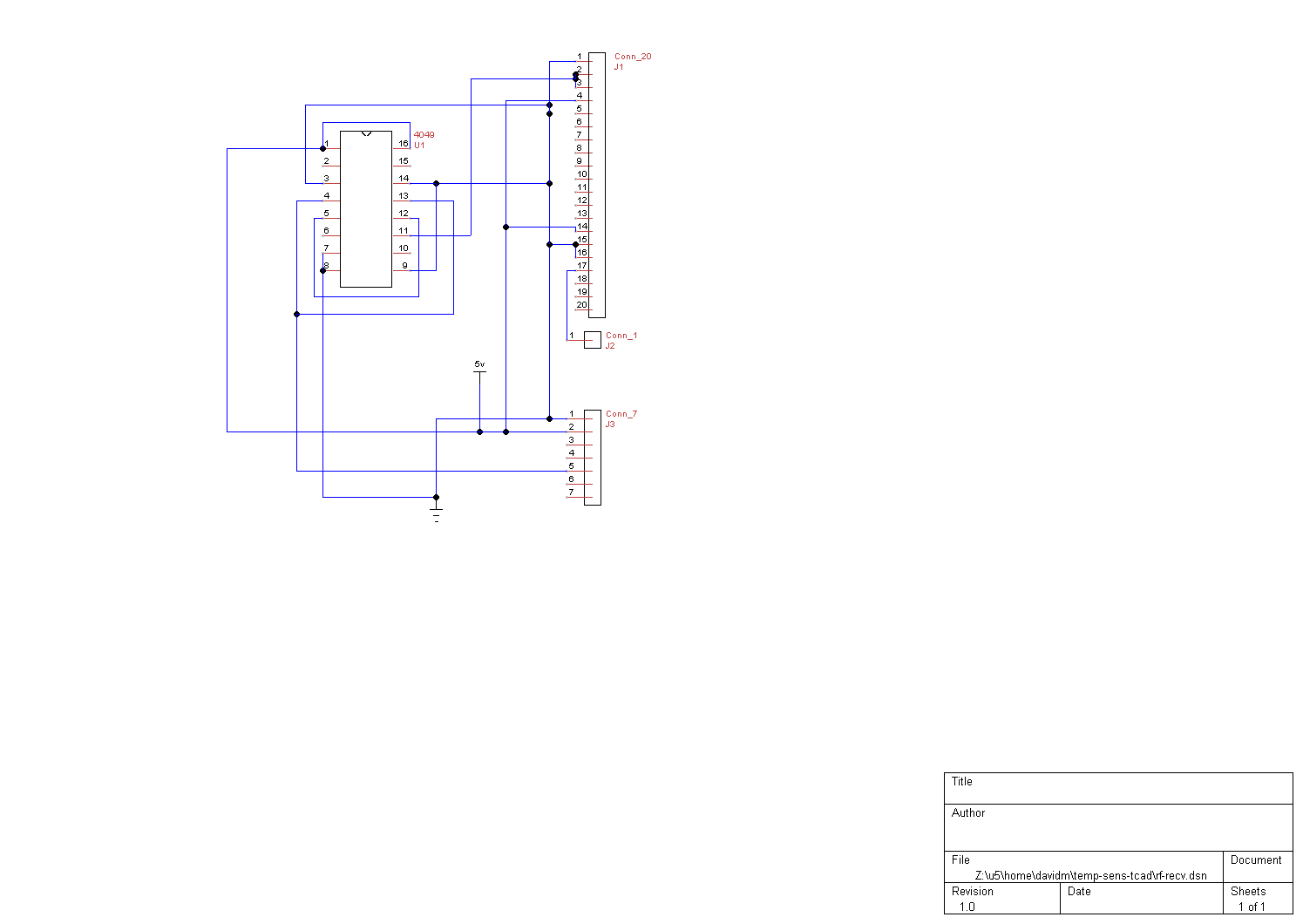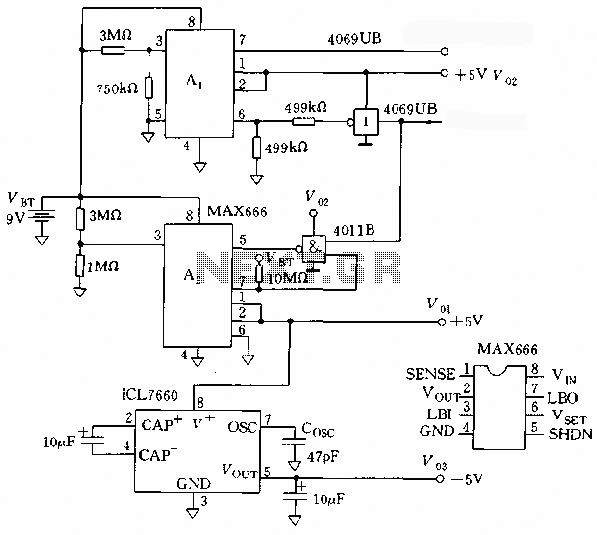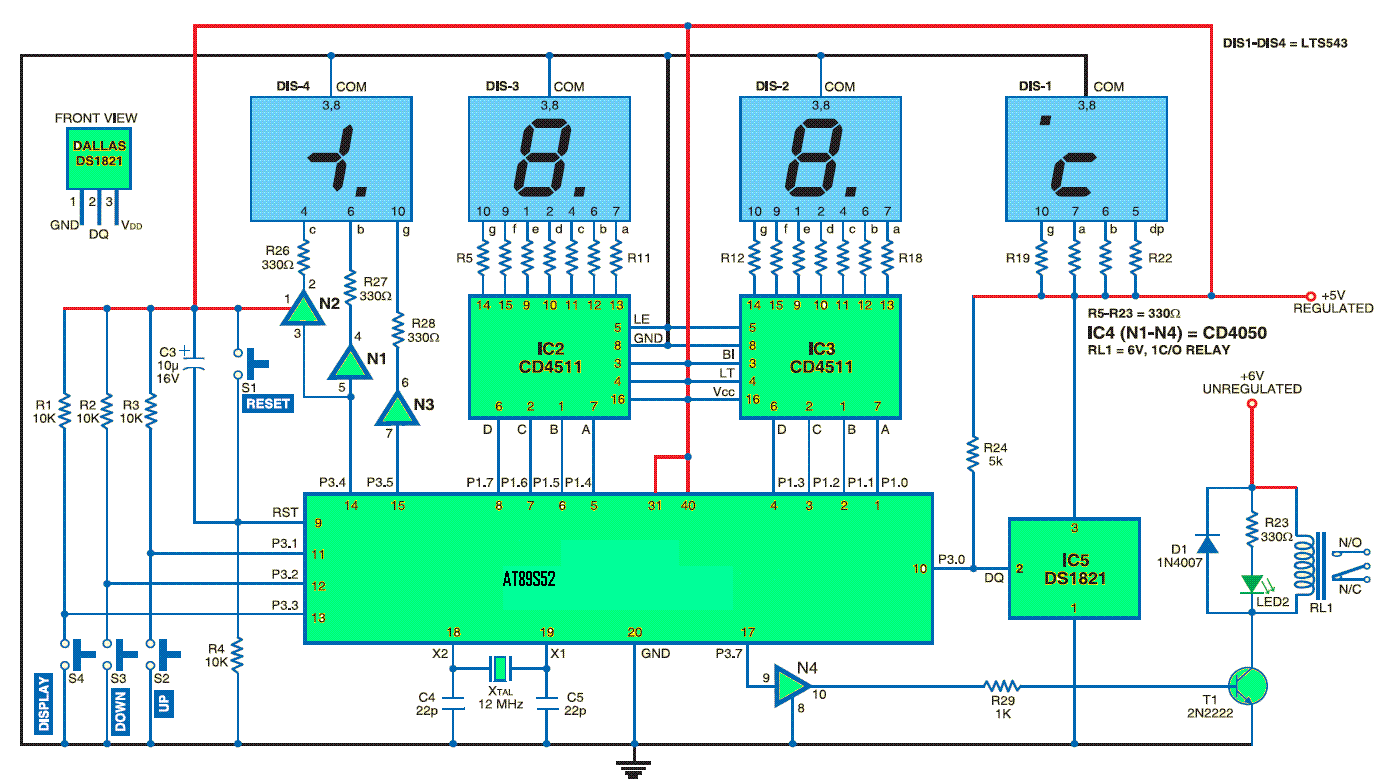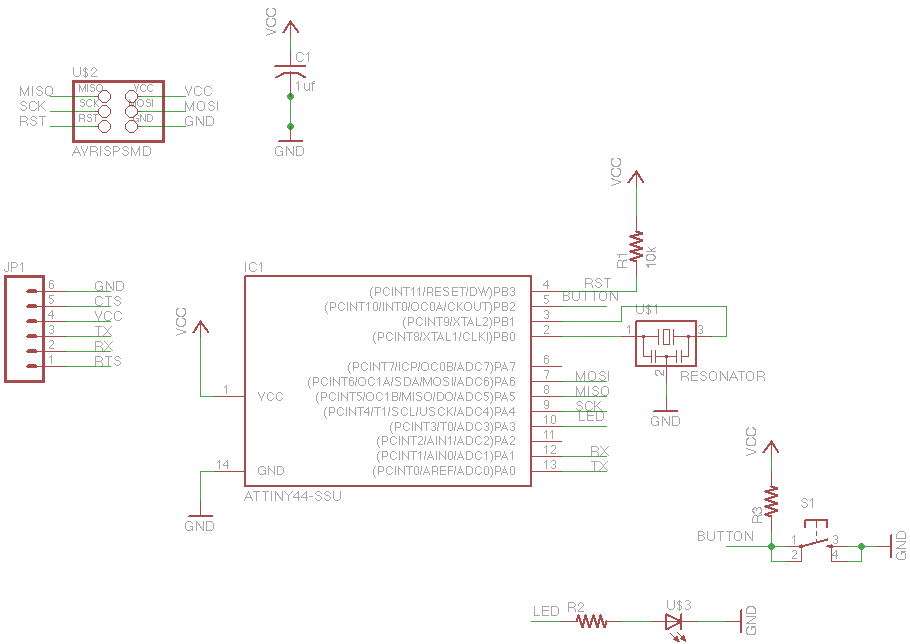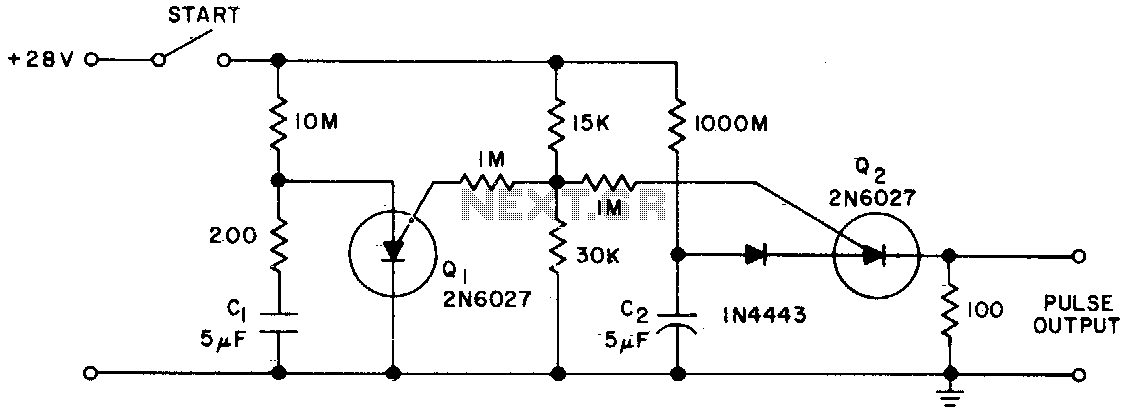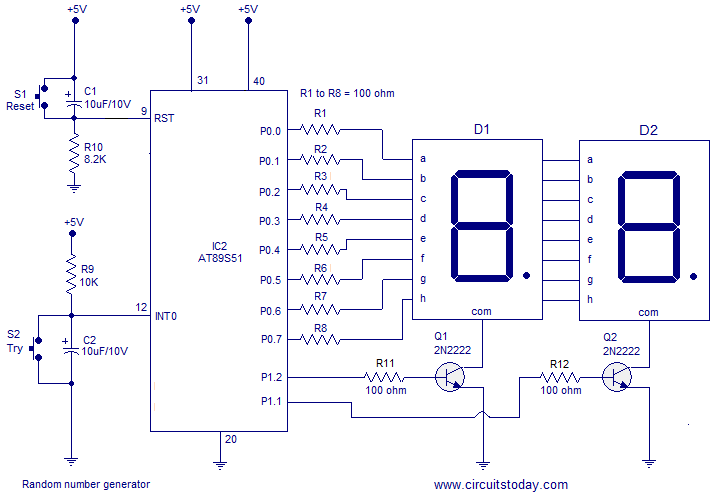
Maze Solving Robot using a PIC18F2525 Microcontroller Project
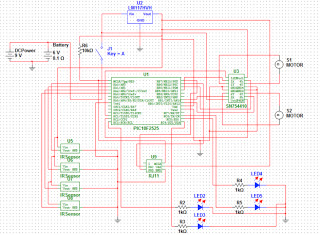
The objective of the project is to develop a robot capable of following a black line on a white sheet of paper and navigating through a maze constructed from these materials. The maze specifications include black lines with a width of 1/4 inch on white paper, and the overall size must not exceed 10x10 feet. All paths in the maze will intersect at 90-degree angles, with the possibility of dead ends and loops. The robot must fit within a 6x6 inch square and operate independently without a power cord, aiming to complete the maze in the shortest possible time. The PIC18F2525 microcontroller was selected for its multiple CCPs, which allow for several pulse width modulators, and its compatibility with the compiler software on the computer, without a need for a high clock speed. Analog sensors were chosen as they can function as digital sensors and require less coding for implementation. The sensors consist of an emitter and receiver combined into a single unit, eliminating the need to synchronize them separately. A switch is incorporated to power the robot, which is supplied by four AA batteries providing a total of 6 volts. This unregulated power is fed into a 5-volt regulator, supplying regulated power to the PIC, H driver, RJ11, and four sensors, while unregulated power also powers the H driver. The robot determines its movement direction based on the outputs from the four sensors, which are positioned closely together at the front. Each sensor is paired with an LED that illuminates when the sensor detects a high signal. The left and right sensors are positioned slightly behind the front two sensors, which are centered and adjacent to each other. The robot enters the Left state if the left sensor detects a high signal until both front sensors do. If both front sensors are high and the left sensor is low, it switches to the Forward state. If neither of these conditions is met and the right sensor is high, it transitions to the Right state until both front sensors are high. If no sensors detect a high signal, the robot enters the Turn Around state, executing a 180-degree turn in place. The four states—Left, Forward, Right, and Turn Around—enable the robot to navigate turns, reverse from dead ends, correct its path on straight lines, and make random turns that override the left turn priority. The close positioning of the left and right sensors to the front sensors allows for minor adjustments in direction to maintain a straight line. The robot can also bypass state priority due to the implementation of while loops in the code. For instance, at a three-way intersection with left and straight paths, the robot may be in the Right state to correct its course. If this occurs as it approaches the intersection, the left sensor will be disregarded until both front sensors detect a high signal, enabling the robot to proceed straight through the intersection. By effectively following the maze lines, navigating turns, executing turns, and occasionally ignoring established priorities, the robot is designed to successfully traverse any maze, including those with loops.
The robot's design incorporates several key components to achieve its objectives. The PIC18F2525 microcontroller serves as the central processing unit, managing the inputs from the sensors and controlling the motors based on the defined states. The choice of analog sensors enhances performance by simplifying the coding requirements and allowing for quick detection of line positions. The H driver is responsible for controlling the motors, enabling precise movements in response to sensor inputs. The use of four sensors allows for comprehensive coverage of the robot's front, facilitating accurate line following and decision-making at intersections.
The power supply configuration, utilizing four AA batteries, provides the necessary voltage for operation while ensuring portability. The 5-volt regulator stabilizes the power supply to the microcontroller and other components, ensuring reliable performance. The robot's state machine logic, prioritized in a defined order, allows for efficient navigation through the maze, with the ability to react dynamically to changing conditions.
In conclusion, the robot's design and functionality are well-aligned with the project goals, allowing it to effectively navigate complex mazes while adhering to the specified constraints. The implementation of state management, sensor feedback, and power regulation contributes to the overall success of the project.The goal of the project is to create a robot that will follow a black line on a white sheet of paper and solve a maze created out of those materials. The project also included a list of specifications that were to be followed. These specifications are: The maze will have black lines, 1/4 to of an inch in width on white paper The maze will be
no larger than 10x10 feet. All paths meet at 90 degree angles Dead ends and loops possible Robot must fit in a 6x6 inch square Must be able to operate without a power cord Designed to finish a maze in the fastest possible time. Choose PIC18F2525 because it has multiple CCPs to allow for multiple pulse width modulators, it has _ analog inputs in case they were needed, it is compatible with the compiler software on our computer, didn`t care about a very fast clock speed Used analog sensors because they can be used as digital sensors and require less code to implement.
The sensors used include the emitter and the receiver as one part (didn`t have to worry about the emitter and receiver working together). A switch is used to turn the robot on or off. When it is on it is connected to a power supply of 4 AA batteries with 1. 5 volts each for a total of 6 volts, this is considered the unregulated power. Unregulated power goes to a 5 volt regulator. Regulated power runs to the PIC, the H driver, the RJ11, and the 4 sensors. Unregulated power runs to the H driver as well. The robot decides its direction based off of the outputs of the four sensors. The robot has 4 different states, and they are: Forward, Left, Right, and Turn Around. The state priority is in this order: Left, Forward, Right, and, lastly, Turn Around. The four sensors are placed close together at the front of the robot. Each sensor has a corresponding LED that lights up when the sensor is high. The left and right sensors are slightly farther back then the front two sensors and the front sensors are centered and side by side.
The robot enters the Left state whenever the left sensor goes high until the front two sensors go high. When the two center sensors are high and the left sensor is low, the robot enters the Forward state. If neither of the previous conditions are true and the right sensor is high, then the robot enters the Right state until the front two sensors go high.
If none of the sensors are high, then the robot enters the Turn Around state where it does a 180o right turn in place. With the 4 previously mentioned states our robot is able to make turns, turn around from dead ends, correct itself on straight lines, and create random turns that ignore the left turn priority.
The robot is able to do the second 2 mentioned abilities because of the positioning of the sensors. By having the left and right sensors extremely close to the front sensors, the robot is able to make very small left and right turns to keep itself on a straight line. The robot is able to randomly ignore state priority because of while loops used in the code. For example, the motor is coming to a 3 way intersection with left and straight directions in front of it.
Under normal priority the robot should turn left at the intersection. When the robot approaches the intersection it may be caught in the Right state in order to correct itself on the straight line. The robot exits the Right state once the front 2 sensors have gone high, so there is a possibility that the robot is in the Right state as it enters the intersection.
If this is true, the left sensor will be ignored until the front sensors go high and the robot will go through the intersection straight because the left option was ignored. By being able to stay on the lines of the maze, follow turns, turnaround, and provide occasional random turn priority, the robot should be able to find its way through any maze eventually even if there are loops within the maze.
Overall, the final design worked as intended. However, several different ver 🔗 External reference
The robot's design incorporates several key components to achieve its objectives. The PIC18F2525 microcontroller serves as the central processing unit, managing the inputs from the sensors and controlling the motors based on the defined states. The choice of analog sensors enhances performance by simplifying the coding requirements and allowing for quick detection of line positions. The H driver is responsible for controlling the motors, enabling precise movements in response to sensor inputs. The use of four sensors allows for comprehensive coverage of the robot's front, facilitating accurate line following and decision-making at intersections.
The power supply configuration, utilizing four AA batteries, provides the necessary voltage for operation while ensuring portability. The 5-volt regulator stabilizes the power supply to the microcontroller and other components, ensuring reliable performance. The robot's state machine logic, prioritized in a defined order, allows for efficient navigation through the maze, with the ability to react dynamically to changing conditions.
In conclusion, the robot's design and functionality are well-aligned with the project goals, allowing it to effectively navigate complex mazes while adhering to the specified constraints. The implementation of state management, sensor feedback, and power regulation contributes to the overall success of the project.The goal of the project is to create a robot that will follow a black line on a white sheet of paper and solve a maze created out of those materials. The project also included a list of specifications that were to be followed. These specifications are: The maze will have black lines, 1/4 to of an inch in width on white paper The maze will be
no larger than 10x10 feet. All paths meet at 90 degree angles Dead ends and loops possible Robot must fit in a 6x6 inch square Must be able to operate without a power cord Designed to finish a maze in the fastest possible time. Choose PIC18F2525 because it has multiple CCPs to allow for multiple pulse width modulators, it has _ analog inputs in case they were needed, it is compatible with the compiler software on our computer, didn`t care about a very fast clock speed Used analog sensors because they can be used as digital sensors and require less code to implement.
The sensors used include the emitter and the receiver as one part (didn`t have to worry about the emitter and receiver working together). A switch is used to turn the robot on or off. When it is on it is connected to a power supply of 4 AA batteries with 1. 5 volts each for a total of 6 volts, this is considered the unregulated power. Unregulated power goes to a 5 volt regulator. Regulated power runs to the PIC, the H driver, the RJ11, and the 4 sensors. Unregulated power runs to the H driver as well. The robot decides its direction based off of the outputs of the four sensors. The robot has 4 different states, and they are: Forward, Left, Right, and Turn Around. The state priority is in this order: Left, Forward, Right, and, lastly, Turn Around. The four sensors are placed close together at the front of the robot. Each sensor has a corresponding LED that lights up when the sensor is high. The left and right sensors are slightly farther back then the front two sensors and the front sensors are centered and side by side.
The robot enters the Left state whenever the left sensor goes high until the front two sensors go high. When the two center sensors are high and the left sensor is low, the robot enters the Forward state. If neither of the previous conditions are true and the right sensor is high, then the robot enters the Right state until the front two sensors go high.
If none of the sensors are high, then the robot enters the Turn Around state where it does a 180o right turn in place. With the 4 previously mentioned states our robot is able to make turns, turn around from dead ends, correct itself on straight lines, and create random turns that ignore the left turn priority.
The robot is able to do the second 2 mentioned abilities because of the positioning of the sensors. By having the left and right sensors extremely close to the front sensors, the robot is able to make very small left and right turns to keep itself on a straight line. The robot is able to randomly ignore state priority because of while loops used in the code. For example, the motor is coming to a 3 way intersection with left and straight directions in front of it.
Under normal priority the robot should turn left at the intersection. When the robot approaches the intersection it may be caught in the Right state in order to correct itself on the straight line. The robot exits the Right state once the front 2 sensors have gone high, so there is a possibility that the robot is in the Right state as it enters the intersection.
If this is true, the left sensor will be ignored until the front sensors go high and the robot will go through the intersection straight because the left option was ignored. By being able to stay on the lines of the maze, follow turns, turnaround, and provide occasional random turn priority, the robot should be able to find its way through any maze eventually even if there are loops within the maze.
Overall, the final design worked as intended. However, several different ver 🔗 External reference
